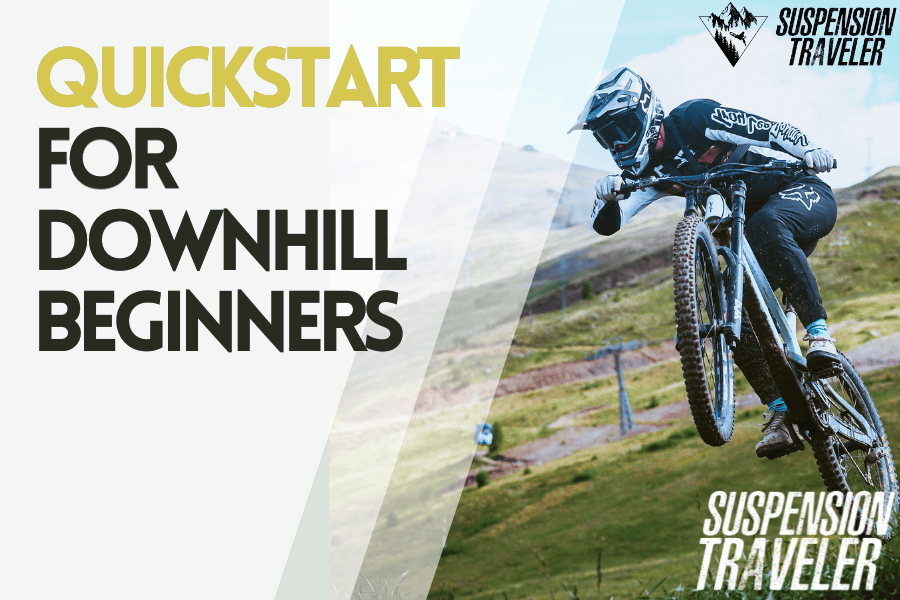New riders are very welcome! If you’re a beginner to downhill mountain biking, it can be a bit intimidating to know where to start. Everything is new and you don’t know what to look out for. But don’t worry, with the right equipment and some practice, you’ll be shredding down the trails in no time. Here are some tips to help you get started.
Downhill MTB is a fast-growing sport and I’m seeing more and more beginners on trails every year. Which is great to see. Some are fully kitted out in their own gear, many are renting all the equipment needed to give it a try for a day or two.
So while this is an expensive sport, it’s relatively easy to dip your toes in and see if you like it at all. If you can ride a normal bike well, you should have no problem hitting beginner trails.
Key Takeaways
- Downhill mountain biking requires proper equipment and gear, including a full-suspension bike, full-face helmet and protective pads – you can rent all of that directly at your local bike park.
- Riding downhill is very different to normal cycling or even regular mountain biking. Give yourself time to feel comfortable and focus on the most basic skills.
- Don’t ride alone if you can avoid it. Join a friend or group you can learn from – and for safety reasons. Don’t be afraid to ask other riders on trail. We are like a tribe and open to questions from newcomers.
- Start on beginner-friendly trails and go from there. Pretty much every bigger trail area or bike park has beginner trails, but make sure to check before you go.
- It looks easier on videos than it really is. Approach with a healthy amount of respect. Don’t push it day one.
Remember: The stuff you see on videos is often the most extreme stuff you can do on a bike. There are levels to it, and the first level is easier than you might think.
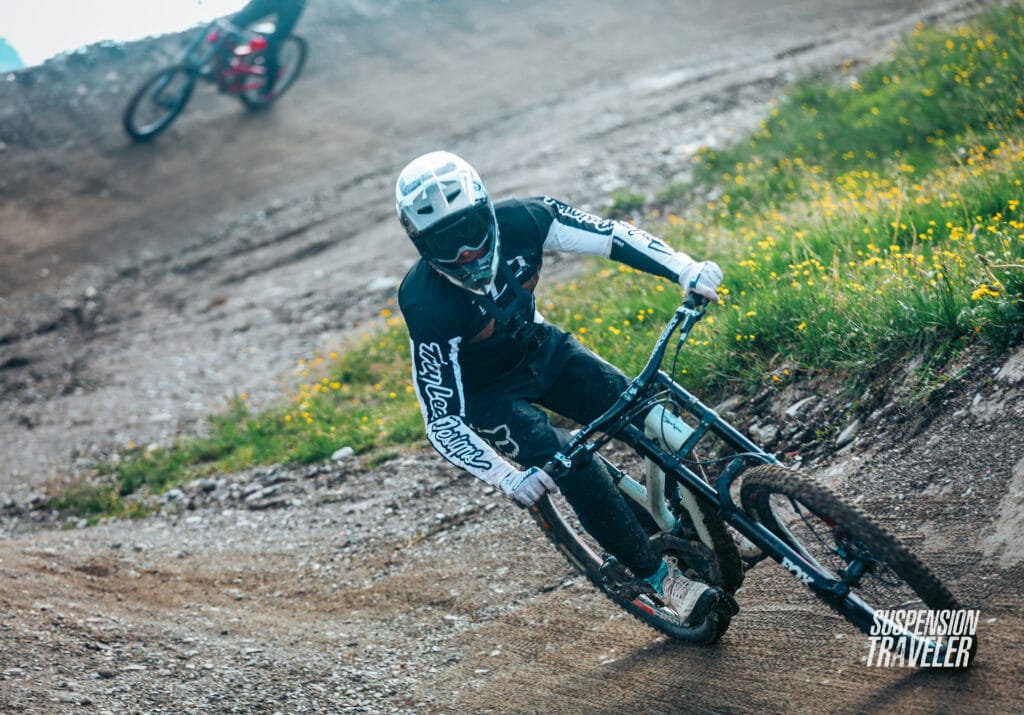
To get started with downhill mountain biking, you will need to have the right equipment and gear. This includes a full suspension mountain bike, a helmet, knee and elbow pads, and gloves. It’s also important to have a basic understanding of the riding techniques and tips that are specific to downhill mountain biking, such as proper braking, body positioning, and cornering.
Once you have the right equipment and knowledge, you can start practicing on beginner-friendly trails and gradually work your way up to more challenging terrain. With practice and determination, you can become a skilled downhill mountain biker and enjoy the rush of riding down steep slopes and jumps.
Must-Have Equipment
While some gear items are necessary to have, the details don’t matter so much. Make sure you have the basics covered: a full-suspension bike and protective gear.
Don’t worry about any specifics in the beginning. Just make sure the gear fits, and that there are big knobby tires on the big and the brakes are working. That’s all you need to have a good time without issues.
You won’t notice the difference between entry-level gear and top-tier equipment anyway.
Choosing the right bike
There are so many mountain bikes. They all look so similar. But the prices can be wildly different. Just keep two words center of mind: full-suspension.
This means there’s suspension for the front and rear wheel. Meaning the bike can absorb bumps when you ride over rough terrain – which you will. Rear suspension is important because it helps in avoiding flat tires in the rear and also in keeping your feet from rattling off the pedals.
True DH bikes have the most suspension travel (how much they can absorb), but that’s not super important to have on beginner trails. Normal “trail bikes” or “Enduro” bikes are usually enough.
Any mountain bike with full suspension, wide tires, and strong brakes is probably good to go for your first steps in DH. When choosing a bike, make sure it fits you properly and is comfortable to ride. This includes that the saddle can go low enough into the seat tube to make room to bend your knees.
The bike is by far the biggest investment but you can rent a bike to try it out before investing in your own.
Essential Gear for Safety
Safety should always be a top priority when it comes to mountain biking, especially downhill. You’ll need a full-face helmet, a back protector, elbow pads, and knee pads at the very minimum.
Gloves and goggles are also very much recommended. Shoulder protection can only be had with a complete upper body armor. So depending on the availability or budget, you can optionally get one of those. They are heavy, bulky and hot tho – especially the plastic ones.
One often overlooked gear items are the shoes. They keep your feet on the pedals, which is pretty important. Skater shoes work surprisingly well, if you have some. Regular sports shoes work as well. The harder and flatter the sole, the better.
Finding the Right Trails
Once you have your bike and gear, it’s time to find the right trails to ride. Look for beginner-friendly trails that are well-maintained and have gradual descents. You can identify them by their color code: green or blue is what you’re looking for.
The easiest ways to find beginner trails near you is by either asking local riders or using an app like Trailforks.
It’s important to start with easier trails and work your way up to more difficult ones as you gain experience and confidence. You can also join a local mountain biking group or take a lesson to learn from experienced riders.
Either way, there’s no shame in sticking to beginner trails for your entire first season.
Remember, downhill mountain biking takes practice and patience. Don’t be too hard on yourself if you don’t get it right away. With time and dedication, you’ll be able to ride with increasing confidence and enjoy at the same time.
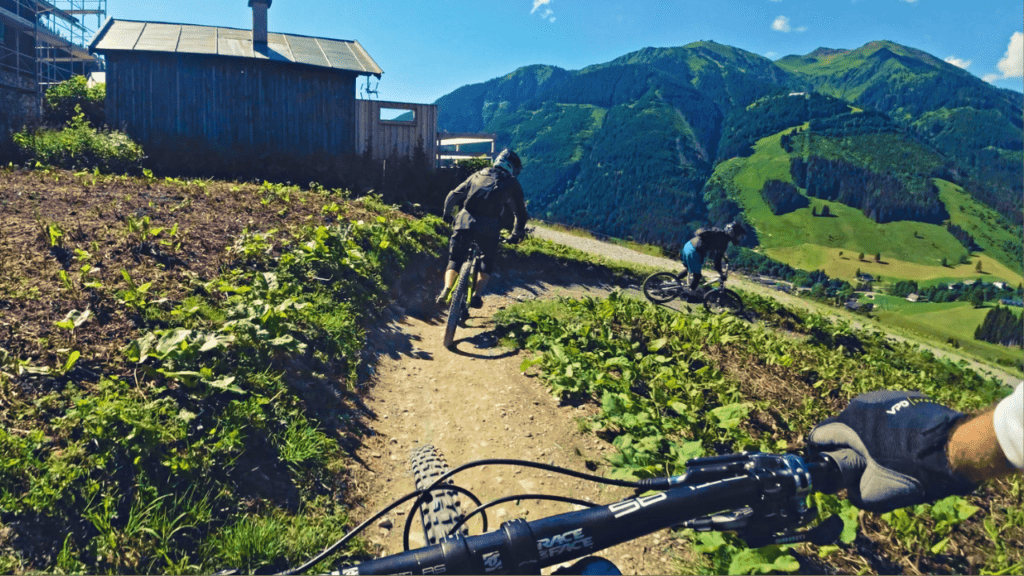
DH riding technique and tips
Basic Riding Body Position
When starting out with downhill mountain biking, it’s essential to focus on the right position on the bike. For most beginners, this doesn’t come naturally because on no other bike do you ride standing up.
As you ride, try to keep your weight centered over the bike’s center – near the pedals or even a little in front of them. This helps you maintain control over the bike and makes it easier to maneuver. I also keep your elbows and knees slightly bent to absorb any shocks and maintain balance.
The steeper it gets, the further back your weight transfers until you lock out your arms. But beginner trails are hardly steep enough for you to do that – but most beginners hang off the back most of the time.
Instead, try to lean a little towards yout handlebar. This’ll help the front wheel dig into the ground and provide lots of confidence in corners.
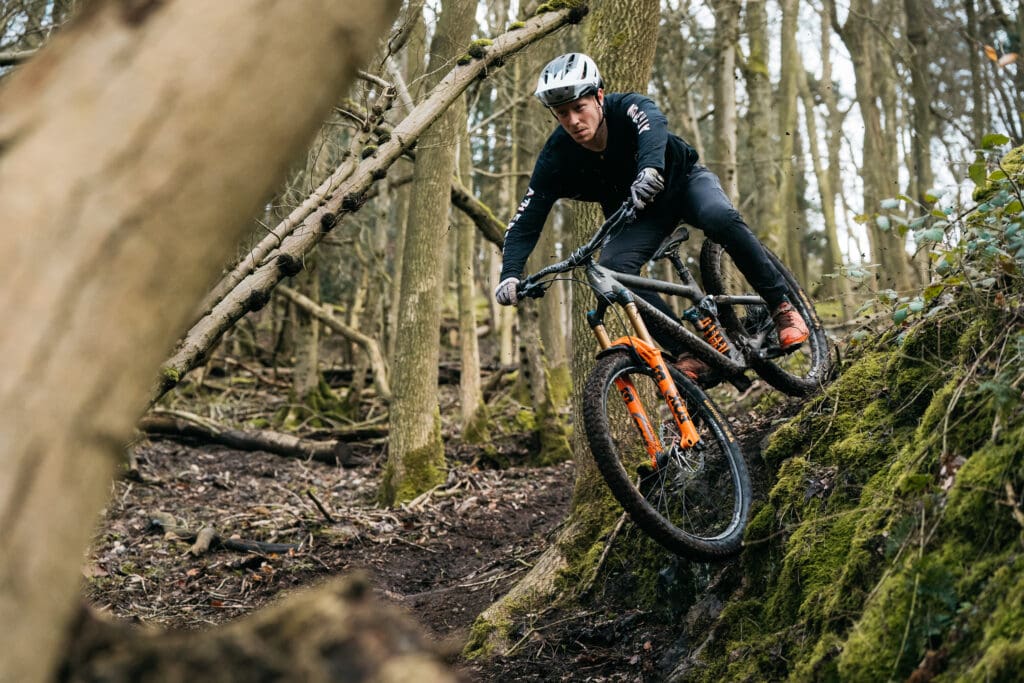
Braking and Cornering Skills
Braking and cornering are two essential skills that every downhill mountain biker must master. When braking, I apply pressure to both brakes evenly to maintain control and avoid skidding. As I approach a corner, I slow down beforehand and then lean into it – while keeping my weight centered over the bike.
This allows me to take the corner smoothly and maintain speed. But I also know it’s way easier said than done. You’ll find that cornering is the most difficult skill to get the hang of. Because everything is new: the downhill gradient, standing up, banked corners and accelerating when not braking.
Try to remind yourself of the basic body position and you’ll do fine.
Managing jumps and other trail features
My hot take: Skip jumps on your first day.
Because for complete beginners they are intimidating, feel horrible and get most beginners too far out of their skill level. You’re better off building your confidence on the fundamental stuff like body position, braking and cornering berm turns.
Don’t feel that you have to do any scary stuff within the first few days of riding. Especially jumping. It’s a completely unique skill that takes most of us years to fully get the hang of. There are just so many different kinds of MTB jumps and every single one feels different.
Beginner FAQs
What gear do I need to safely start downhill mountain biking?
To safely start downhill mountain biking, you need a few essential pieces of gear. First, make sure you have a full-face helmet, as protecting your head is crucial. Additionally, you’ll need knee and elbow pads, as well as gloves to protect your hands. It’s also important to wear appropriate clothing, such as long-sleeved shirts and pants made of breathable, moisture-wicking material. Finally, make sure you have a good pair of flat or clipless mountain bike shoes to help you stay in control of your bike.
Can you recommend some beginner techniques for riding downhill?
If you’re just starting out with downhill mountain biking, it’s important to focus on the basics. Make sure you’re in a comfortable riding position with your weight evenly distributed between your pedals. Keep your elbows bent and your eyes focused on the trail ahead. When approaching obstacles, such as rocks or roots, lift your front wheel up and over them while keeping your weight back. Remember to stay relaxed and have fun!
What are the top entry-level downhill mountain bikes?
There are many great entry-level downhill mountain bikes on the market. Some of the top options include the Giant Glory, the Trek Session, and the Santa Cruz V10. These bikes offer a good balance of performance and affordability and are a great choice for beginners.
How can I improve my downhill mountain biking skills?
The key to improving your downhill mountain biking skills is practice. Spend time on the trails, and don’t be afraid to push yourself outside of your comfort zone. You can also take a skills clinic or lesson to learn from experienced riders. Finally, make sure you’re taking care of your body by stretching and cross-training to improve your strength and flexibility.
What’s the ideal riding position for downhill mountain biking?
The ideal riding position for downhill mountain biking is with your weight evenly distributed between your pedals. Keep your elbows bent and your eyes focused on the trail ahead. When approaching obstacles, such as rocks or roots, lift your front wheel up and over them while keeping your weight back. Remember to stay relaxed and have fun!
Are there any tips for choosing a budget-friendly downhill bike?
If you’re on a budget, there are still plenty of great downhill mountain bikes available. Look for older models or consider buying used. You can also save money by purchasing a frame and building up the bike yourself with more affordable components. Just make sure you’re buying from a reputable seller and that the bike is in good condition before making your purchase.
